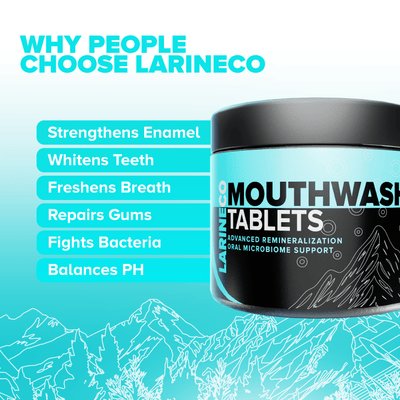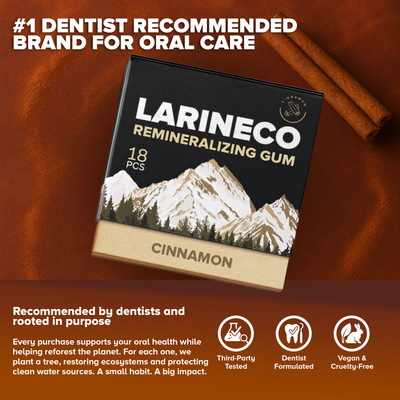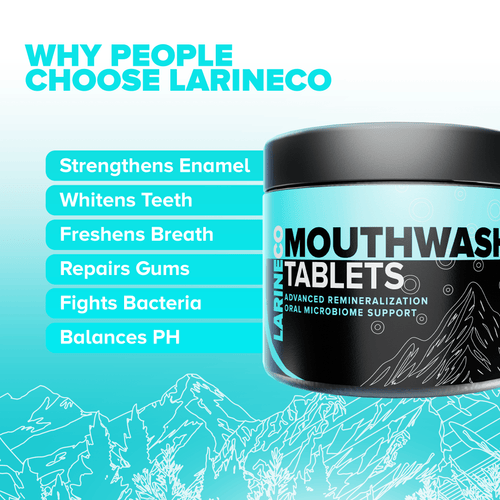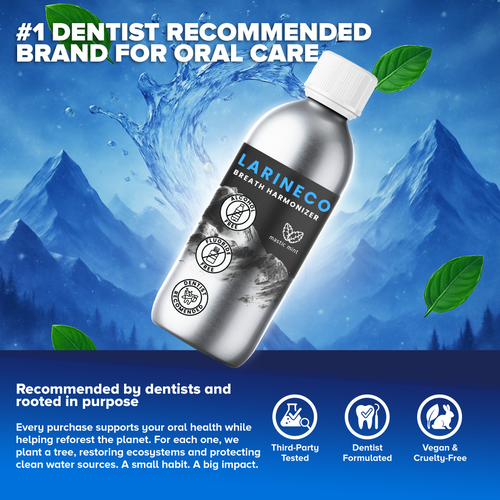From Roots to Enamel: How Gum Massage with Mastic Resin Strengthens Tooth Foundations
The Ancient Practice of Mastic Gum
A Mediterranean Tradition for Oral Care
For over 2,000 years, mastic resin derived from the Pistacia lentiscus tree of the Mediterranean has been prized as nature’s chewing gum. The ancient Greeks and Romans chewed mastic not only to freshen their breath but also to strengthen their gums and maintain oral cleanliness. In fact, Hippocrates himself wrote about its use for digestive and oral health, while records from Byzantine times describe it as a remedy for gum disease and tooth decay. Unlike today’s synthetic gums, mastic was a living resin with bioactive properties, making it both a cultural staple and a functional oral care practice.
Historical Use in Gum Strengthening and Fresh Breath
Beyond cultural tradition, mastic gum had clear functional benefits that people observed long before modern science explained them. Chewing the resin increases salivary flow, which naturally cleanses the mouth and buffers acidity critical for preventing decay. Its sticky texture gently massages the gums, improving circulation and gum resilience. The resin also contains natural antimicrobial compounds that reduce odor-causing bacteria, giving breath a lasting freshness. What began as a daily ritual for Mediterranean communities now stands validated by science as an ancient but remarkably effective oral care practice.
How Gum Massage Supports Root Health
Chewing Action Increases Gingival Blood Flow
When you chew naturally resilient gums like mastic resin, the repetitive mechanical action stimulates the gum tissue, much like a gentle massage. This pressure boosts microcirculation in the gingiva (gum tissue), increasing blood flow to the periodontal region. Enhanced circulation means that the tissues surrounding the teeth receive more oxygen and nutrients, which strengthens their ability to resist inflammation, infection, and mechanical stress. This isn’t just about chewing, it’s about activating the gums’ natural defense system.
Nutrient Delivery to Tooth Roots and Periodontal Tissues
Stronger blood flow translates into more efficient nutrient delivery to the very foundations of your teeth, the roots, and surrounding periodontal tissues. This nourishment helps maintain collagen fibers, prevents gum tissue weakening, and supports long-term tooth stability. While hydroxyapatite (HA) is effective for remineralizing enamel, it can’t repair exposed roots directly. That’s where gum stimulation becomes critical: by improving circulation and tissue health, gum massage helps prevent root exposure in the first place, reducing the risk of gum recession and tooth loss.
Preventing Gum Recession Before It Starts
Why Exposed Roots Can’t Be “Remineralized” Like Enamel
Tooth enamel is composed of minerals like hydroxyapatite, which can be repaired and fortified through remineralization. But once gum tissue recedes and the root surface becomes exposed, the situation is different. Roots are covered by cementum, a much softer tissue that lacks the same capacity for remineralization as enamel. This means that if gums pull back, no toothpaste or serum can rebuild that lost coverage. Sensitivity, decay risk, and eventual tooth instability become much harder to manage. Prevention, therefore, is the only truly effective strategy.
How Regular Stimulation Helps Maintain Gum Attachment
Daily gum stimulation through natural chewing, like with mastic resin, keeps the gingival tissues active and resilient. The increased blood circulation nourishes periodontal ligaments and collagen fibers, which form the structural “scaffold” that keeps gums attached firmly to teeth. Over time, this stimulation acts like training for the gums, preventing them from thinning or receding under stress. Regular gum massage essentially “conditions” the attachment system, reducing the likelihood of exposure and preserving the protective barrier around tooth roots.
Mastic Resin vs. Conventional Gum
Resin Purity and Bioactive Compounds
Unlike conventional gums that rely on synthetic bases, artificial elastomers, and sweeteners, mastic resin is a natural exudate from the mastic tree (Pistacia lentiscus). This pure resin contains bioactive compounds such as terpenes and polyphenols that have been shown to reduce oral bacteria, calm inflammation, and freshen breath naturally. Chewing it not only exercises the gums but also delivers these beneficial compounds directly into the oral environment, making it both functional and therapeutic.
No Synthetic Bases or Artificial Sweeteners
Most modern gums are made with plastic-like bases (polyvinyl acetate, butadiene rubber) and artificial sweeteners like aspartame or acesulfame K. These ingredients add chewability and sweetness but contribute nothing to oral health. In contrast, mastic resin is biodegradable, non-toxic, and free of additives. It provides a natural chewing experience that supports gum health without coating the mouth with unnecessary chemicals. Choosing resin-based gum means aligning with both oral wellness and eco-friendly living.
The Perfect Pairing: Mastic Gum + Nano-Hydroxyapatite
Mechanical Stimulation from Resin
Mastic gum provides a natural form of gum massage every time you chew it. The resin’s firm, elastic texture stimulates gingival tissues, boosting blood flow and delivering vital nutrients to the periodontal structures that anchor your teeth. This mechanical stimulation strengthens gum attachment, helps prevent early signs of recession, and maintains healthier root support over time. Unlike synthetic gums, which mostly act as flavor carriers, mastic gum actively engages the gums in a functional way that promotes long-term resilience.
Remineralization and Enamel Repair from HA
While gum stimulation supports the roots and periodontal tissues, nano-hydroxyapatite works on the enamel, the visible crown of the tooth. Its biomimetic mineral particles penetrate enamel micro-lesions, sealing tubules, reducing sensitivity, and restoring the tooth’s natural crystalline structure. When paired with the gum-strengthening effect of mastic resin, HA ensures that both roots and crowns are protected: gums stay firm, and enamel stays strong. This dual-action approach makes the mastic + HA pairing a holistic solution for full-spectrum oral care.
Key Takeaway
Healthy teeth don’t just depend on enamel strength; they rely on the stability of the gums and roots that hold them in place. While remineralizing agents like nano-hydroxyapatite repair and protect enamel, gum stimulation through natural practices such as chewing mastic resin ensures blood flow, nutrient delivery, and long-term periodontal resilience. Together, they form a comprehensive strategy: protect the crown with minerals, protect the foundation with strong, nourished gums. The lesson is clear: lasting oral health begins at the roots.










